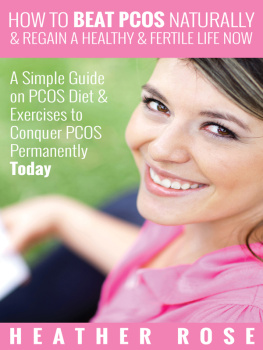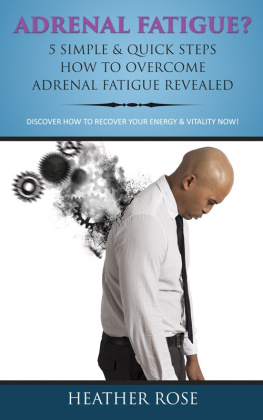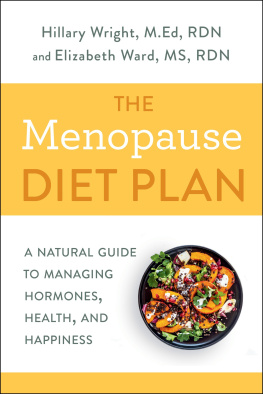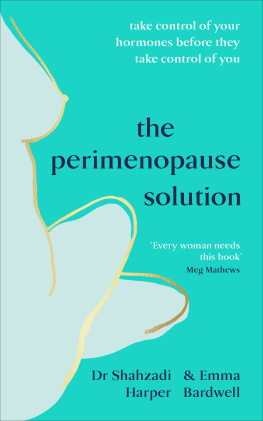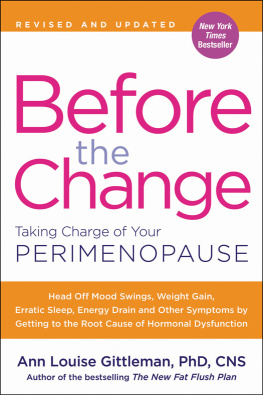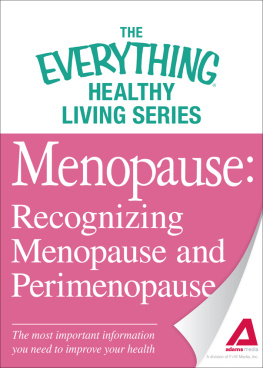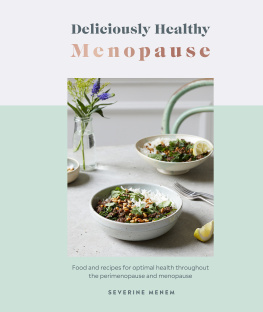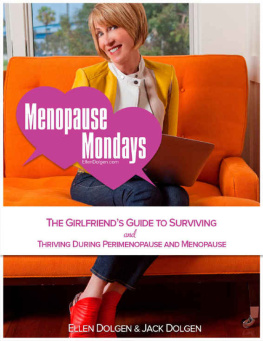
Table of Contents
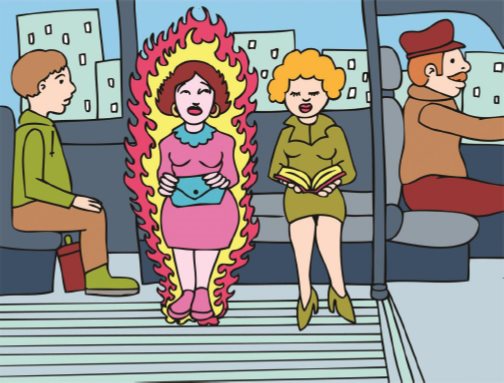
When you were younger, throwing a fit means you possibly experience PMS. You know youre getting older when other people refer to your mood changes as perimenopause.
Aaaaah. Perimenopauseone of womens most deterred words. Its quite understandable, though, as experiencing perimenopause will bring a lot of changes to a womans body. Some women are lucky not to have those symptoms meddle with their lives, but some arent so fortunate; their loved ones also have to adapt to the changes especially about those mood swings that they face.
The thing is perimenopause comes into a womans life the same time as those other major changes. Midlife crisis, a marrying child, establishing careers they all come at the same time, and why perimenopause chooses to interfere at these moments, nobody really knows.
Whats necessary, though, is to learn more about this major change understand what its all about, what transformations will be taking place if any, how to ease the discomfort brought about by perimenopause, what foods can be eaten to alleviate the pain, which treatments can assist you with it and understand what can be done about it.
Everybody is familiar with the term menopause and how it affects the life of a woman in general. However, theres another term that women have to be familiar about its called perimenopause.
Perimenopause a Definition
Perimenopause, i.e. menopause or menopausal transition, is the stage that takes place several years prior to menopause. This period is when the ovaries slowly start to produce less estrogen.
The word perimenopause literally indicates the time around menopause. Medical providers use the term to denote the start of the estrogen decline, but women usually use this to imply the start of the exhibition of menopausal symptoms.
The younger the woman, the more worried and confused she may be as the symptoms exhibited by perimenopause differ for each woman, hence giving her confusion and anxiety.
Perimenopause Duration
Perimenopause starts at different ages. Progression signs are seen during a womans 40s, but in some cases, the signs are seen during a womans 30s, or maybe even earlier.
This stage lasts until menopause, when the ovaries finally stop releasing eggs. The estrogen decline should accelerate in the last one or two years of perimenopause.
The average length of perimenopause is usually four years. For some, though, this stage actually lasts only for a few months or as long as 10 years. Perimenopause officially ends when a woman is diagnosed with menopause that is, a year or twelve consecutive months of not having her menstrual period.
Perimenopause Causes, Signs, and Symptoms
Your body responds as your ovaries change, and you start to produce less progesterone and estrogen as you pass the menopausal transition. The changes that take place during the stages of perimenopause are caused by the decrease in estrogen.
Perimenopause may be recognized when these signs and symptoms are being seen and felt:
Mood changes. During perimenopause, irritability, mood swings, or an increased chance of depression can be experienced by women. This can be caused by various factors, two being hot flashes or other hormonal changes.
Sleep problems or hot flashes. Hot flashes that feeling of momentary warm sensation that comes with flushed faces as well as sweating are quite common with perimenopause. The length, frequency, and intensity all vary. Sleep problems are caused usually by these hot flashes, but in some instances, these problems are experienced even without them.
Menstrual Irregularity. During perimenopause, ovulation becomes more unpredictable. The length of time in between periods may become lengthier or shorter. Menstrual flow can either be light or heavy, and some periods may be skipped.
Decrease in Fertility. The ability to conceive decreases as your ovulation becomes irregular. Pregnancy is still possible, though, as long as you are still having your periods. Birth control is still necessary if you dont wish to be pregnant its only no longer needed if youve had a full year of not having your periods.
Bladder and Vaginal Problems. Vaginal tissues may lose elasticity and lubrication when the estrogen levels diminish. When you have low estrogen levels, youre also more prone to vaginal or urinary infections.
Sexual Function Changes. Changes may take place towards a womans sexual arousal and desire. However, if a woman has had adequate sexual intimacy prior to menopause, then this will highly continue through perimenopause and beyond.
Bone loss. When estrogen levels decline, bones are lost more quickly than when they are replaced. This condition increases a womans risk for osteoporosis, i.e. a disease that brings about fragile bones.
Cholesterol levels change. Decreasing estrogen levels can bring unfavorable changes to the blood. Bad cholesterol low-density lipoprotein (LDL) cholesterol may increase, and the good cholesterol high-density lipoprotein (HDL) may decrease as women age; both states bring higher risks for heart disease.
Other problems. Some women complain of short-term memory problems as well as difficulty concentrating during the perimenopausal stage. Progesterone and estrogen play a major role in maintaining brain function, but not enough information has been gathered to distinguish the effects of aging and other psychosocial factors from those effects triggered by hormone changes.
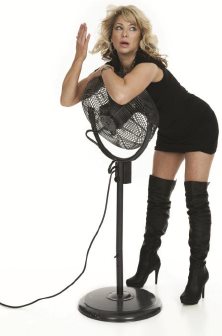
Perimenopause, down to the period of menopause itself, is a journey that becomes a struggle for a woman. Not only physical changes are encountered but also a battle of crazy emotions brought about by hormonal changes.
Dont worry, though. These changes are normal, and you can find workarounds for it. Youre not crazy. Its not something you make up or something thats just in your head. Youre just experiencing perimenopause.
A Womans State of Mind
The period of time around menopause and a womans mental health had a relationship that created controversies. There was even a psychiatric term for this involutional melancholia and this refers to the depression present in women that takes place when they undergo their menopausal years.
What makes this condition even worse?
Perimenopausal stress takes place around midlife, when a woman also undergoes other factors that add to the stress such as elderly parents getting sick, children leaving home due to independence, their spouse or they themselves experiencing health problems, and dealing with aging to name a few. These circumstances lead to women thinking more about stuff than they should, and this ends up triggering emotions that are not even necessary at times.
Mood Disorders
Women are known to experience a few of these mood disorders. The estrogen decline mainly triggers these mood changes, and these mentioned changes are eventually experienced by perimenopausal women.
Out of Proportion Anger
Women in perimenopause tend to overreact even to those little things. Responses may be viewed as over the top because perimenopausal women lean towards making a big deal about what others view as small stuff. In response to minor events, women tend to be irritable and agitated.
Next page



